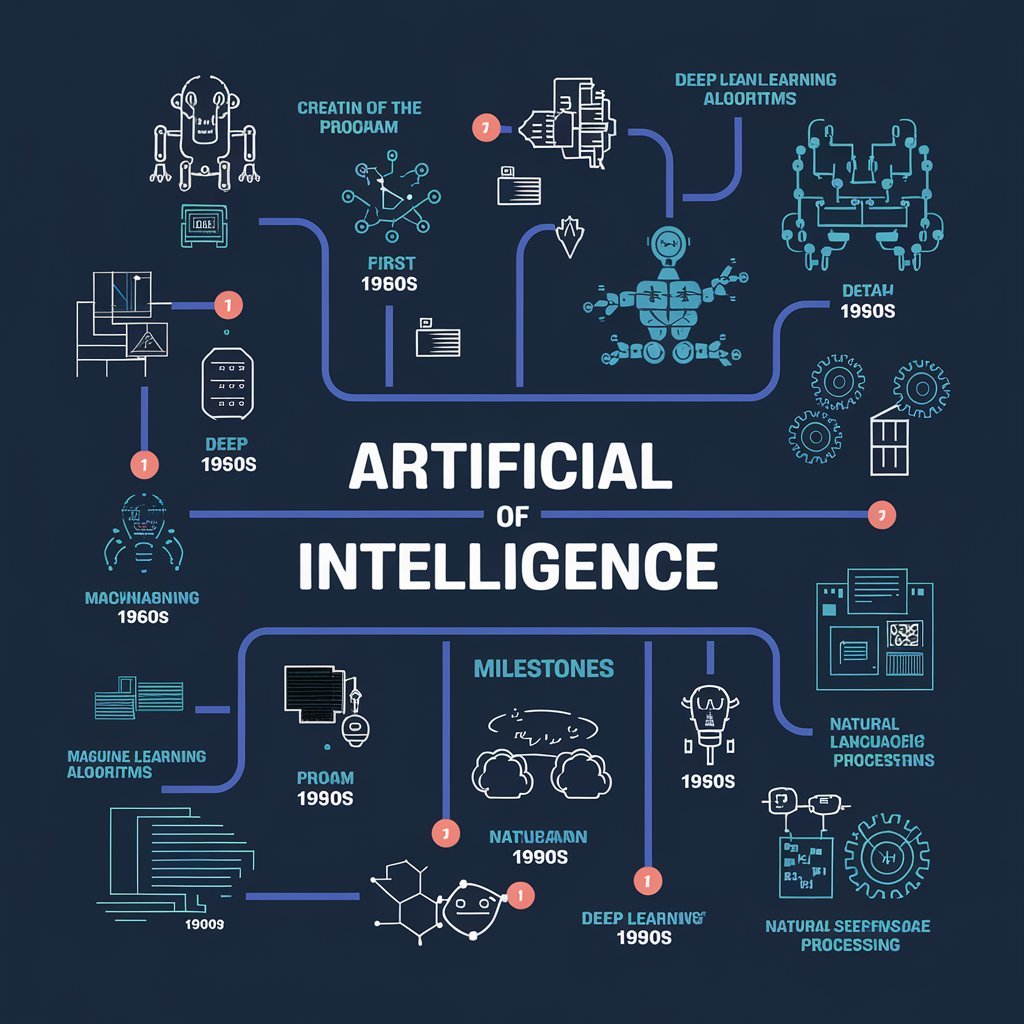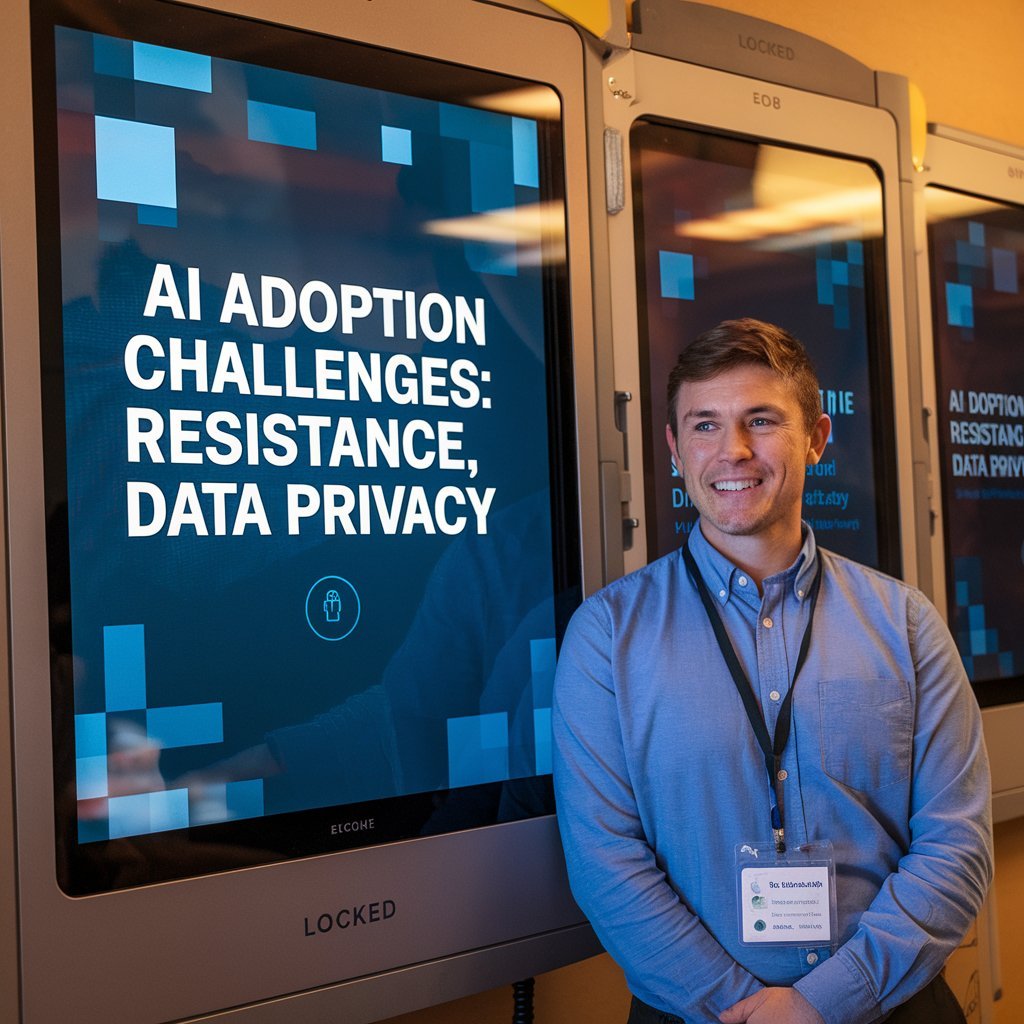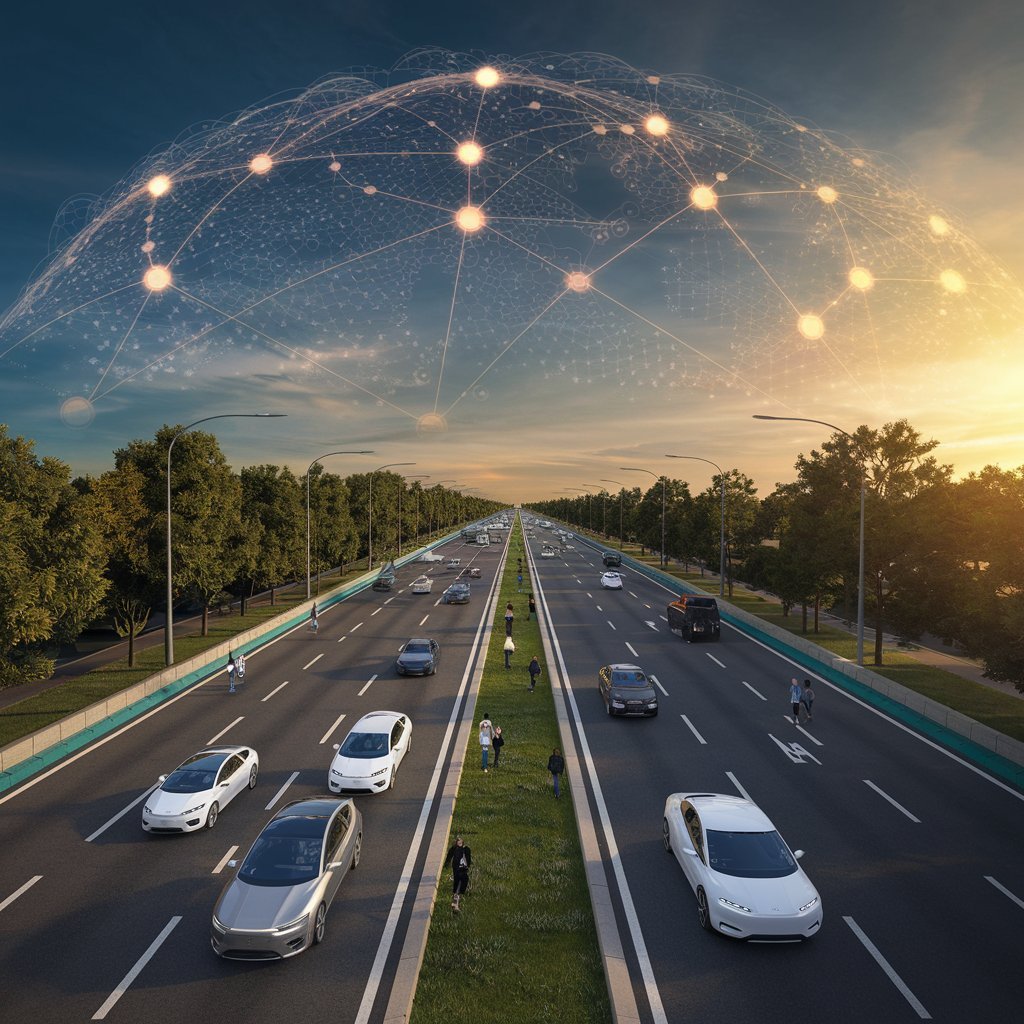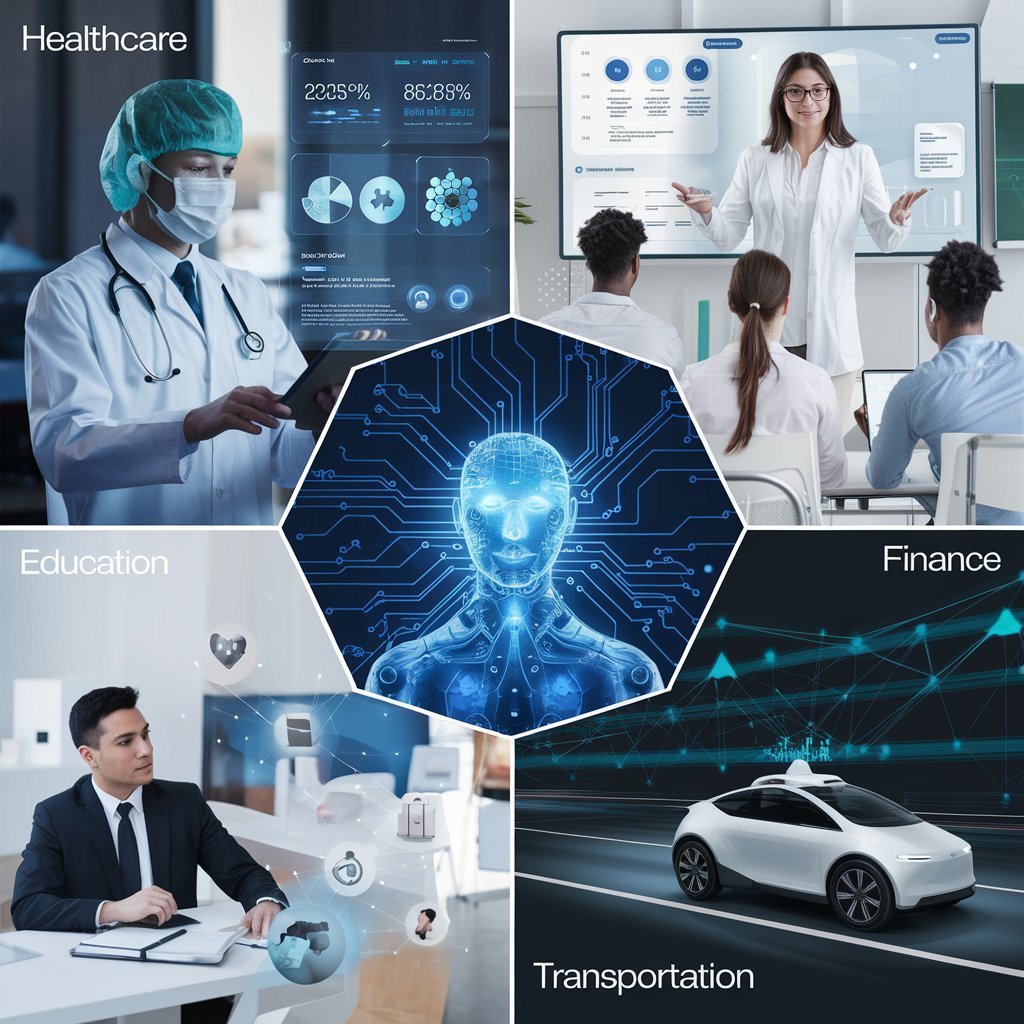I. Introduction to AI Developments & Some AI Case Studies
A. Brief Overview of AI Evolution
Welcome our AI – The Hub’s family!
The grooming era of AI started in the mid-20th century. Let’s have a discussion on some of AI Case Studies in this article too. In the starting phase, researchers were dreaming of machines that could think, work and learn like humans as there was only theoretical concept in the field of AI. Nowadays, new inventions like deep learning, natural language processing and machine learning have been introduced in modern AI which has a big impact on our daily lives.

B. Importance of AI Case Studies
So we have to understand how AI operates in real-world scenarios. Some of the AI Case Studies are examples of AI progress which has been applied today. The new era and inventions of AI help us to decide about the future investment and research directions as well as we can say there are no more such limitations left or no hurdles ahead to explore the future technology. We can better navigate or control the rapid changes because of successes and challenges faced by others.

C. Purpose of the Article
This article or blog will highlight the emerging trends in AI with the help of AI Case Studies of the real-world. We will try to cover the real-world examples across various industries and also try to clear the picture of the future world and lifestyle.
II. AI in Healthcare
A. Transformative Applications
Let’s talk about some of the changes in the healthcare industry because of AI inventions. If we talk about technologies like predictive analytics, it allows healthcare providers to anticipate medical events before they happen and results in positive patient’s outcomes. In addition, AI-driven diagnostics and imaging technologies increase the accuracy and efficiency to detect and diagnose diseases.
If we talk about the ease for the patients, AI enhanced tools like Telemedicine and Remote monitoring features make it easy for patients to get care from home.

B. AI Case Studies to Consider
- AI Tools in Medical Imaging: Case of Google Health
Google Health, the best example of AI tool, helps to diagnose conditions like breast cancer with best and accurate levels which sometimes surpass human radiologists.
- Predictive Algorithms for Patient Monitoring: Case of Mount Sinai
Because of Mount Sinai, monitoring the patients with the help of predictive analytics enhanced the real-time results with accurate and efficient outcomes. It also reduces the work time and also reduces hospital readmission rates.
- AI-Assisted Surgery: Case of Intuitive Surgical
One of the finest system known as “Intuitive Surgical Robotic System” has successfully changes the surgical procedures, allowing for precise movements and safer outcomes with accurate results. It is also a prominent AI Case Studies.
C. Challenges and Considerations
If we talk about the major element of patient identities and data handling, it is crucial to ensure or make sure that AI technologies are accessible to diverse populations to prevent disparities in healthcare. No doubt, AI brings a great potential but this element of patient identities and data handling must be overlooked.

III. AI in Business and Finance
A. Automation and Efficiency
As far as businesses are concerned, AI helps to automate repetitive tasks which are too time taking and hence businesses can not give their best to focus on strategic decisions and innovations. In Finance, AI analyzes and consumes big amounts of data for better financial forecasting, detect fraudulent activities and improves customer service through chatbots.

B. Case Studies Showcasing AI Implementation
- Algorithmic Trading: Case of Renaissance Technologies
Renaissance Technologies uses AI algorithms to trade stock with incredible speed and efficiency, challenging traditional investment strategies.
- AI in Risk Management: Case of JPMorgan Chase
For the improvement in risk management processes, JPMorgan has implemented AI tools and features. It results in identifying potential issues long before they arise.
- Customer Experience Enhancement: Case of H&M
H&M integrates AI in their supply chain and customer service, personalizing the shopping experience for users while optimizing their inventory management for better outputs and results.
C. Risks and Future Directions
Nowadays, the enhancements and improvements in the field of AI are made with continuous and rapid speed so there is a responsibility to address cybersecurity concerns too. To ensure a balanced work environment, it is also required to maintain careful management of human-computer interactions.
There are also some risks in the finance sector as the impact of AI automates the tasks which can reduce employment opportunities.
IV. AI in Education
A. Personalized Learning Experiences
Education sector, the most important and debatable sector of every community, AI revolutionized it through personalized learning experiences. Because of adaptive learning technologies, it analyses the strengths and weaknesses of students. Moreover, by providing automated assessments and valuable feedback, AI tools assist the teachers as well.

You can more read about AI Gems/Tools used in Education sector in our previous “blog“ !
B. Prominent AI Case Studies
- Intelligent Tutoring Systems: Case of Carnegie Learning
Carnegie Learning employs AI to create customized tutoring experiences, significantly improving student performance in math.
- Data-Driven Decision Making in Curriculum Design: Case of Georgia State University
Georgia State uses AI to inform its curriculum decisions based on data analytics, leading to the results of higher graduation rates.
- AI-Powered Career Guidance Platforms: Case of Coursera
Coursera’s AI platform helps learners identify their career interests and find suitable courses to help them meet their goals in an easy way and helpful structure.
C. Barriers to AI Adoption in Education
If we talk about the other side of the picture, we find several barriers to adopting AI in education, like equity in technology access and resistance from educators. One of the biggest concerns is about data privacy and security.

V. AI in Transportation
A. Innovations and Advancements
In this Transportation sector, AI plays its important role as it reduces accidents and congestion because of autonomous vehicles. Furthermore, to keep fleets operational while enhancing traffic management systems, predictive maintenance are using AI features. These steps make cities smarter and more responsive.

B. Key Case Studies
- Self-Driving Cars: Case of Waymo
Waymo has been at the top level benchmark of autonomous vehicle technology, consistently and continuously refining its systems through real-world testing and results in positive outcomes.
- AI-Enabled Fleet Management: Case of UPS
UPS employs AI to optimize delivery routes, saving time and fuel, and delivering packages more efficiently with very very less hassle and tensions.
- Smart City Initiatives: Case of Barcelona
Barcelona is pioneering smart city initiatives powered by AI to enhance urban living, from waste management to public transportation. This is a big step towards a safer environment for humans.
C. Future Improvements and Implications
Beside all the revolution and enhancements in the transportation sector, to ensure safety measures, there should be a solid regulatory framework around autonomous vehicles. The perception of public and acceptance of these technologies in human societies plays an important part to step-in with AI technologies in the transportation sector. Additionally, AI can lead to more sustainable solutions in the environment.

VI. Conclusion
A. Summary of Key Trends and Discoveries
In this whole knowledgeable and informative blog, we ended with the bottom line that AI is significantly affecting multiple industries as mentioned in case studies above. To enhance services and operations, sectors from all over the healthcare to finance and education, organizations are adopting AI new features and technologies accordingly.
This helps us to inform future innovations and adaptations and each of these sectors offers valuable insights.

B. Importance of Ongoing Research and Adaptation
In predicting the future needs and trends, we should explore the frontiers of AI with on-going research across each and every sector. We must prepare ourselves for upcoming future technologies and future changes which AI brings in societies and human lives.

Stay tuned for more updates and join our AI – The Hub’s family by subscribing and sharing our social media platforms.
AI – The Hub
The Hub for Everything AI. The Future!
Visit our Facebook, Instagram, LinkedIn, Quora and join our Whatsapp community!
VII. Frequently Asked Questions
A. What is the current landscape of AI?
The current landscape of AI is dynamic, with breakthroughs occurring regularly, especially in healthcare, finance, and education, adapting to meet evolving challenges.
B. How can businesses effectively adopt AI?
Businesses can effectively adopt AI by identifying specific challenges they aim to solve, starting small with pilot projects, and scaling their efforts based on initial feedback.
C. What ethical considerations arise with AI use?
Ethical considerations include data privacy, bias in algorithms, and the need for transparency in AI decision-making processes.
D. How will AI shape future job markets?
AI will likely change the job market by automating routine tasks while also creating new jobs centered around AI technology and data analysis.
E. What role do regulations play in the future of AI?
Regulations will play a critical role in ensuring that AI is used responsibly and ethically, safeguarding users while promoting innovation.
Pingback: How AI is Transforming Smart Cities? • AI - The Hub